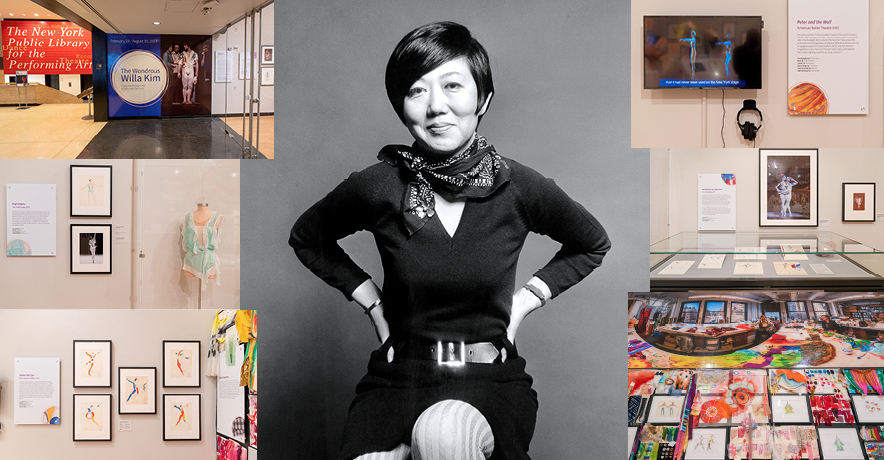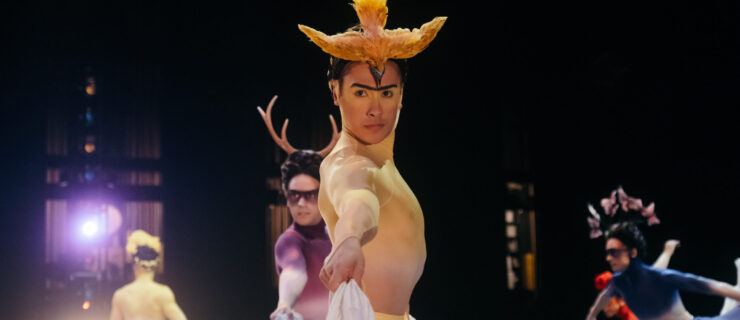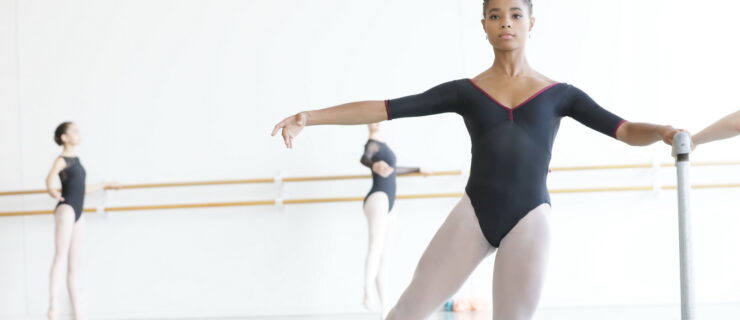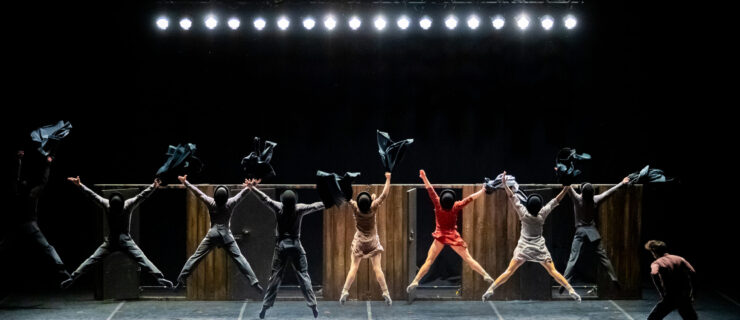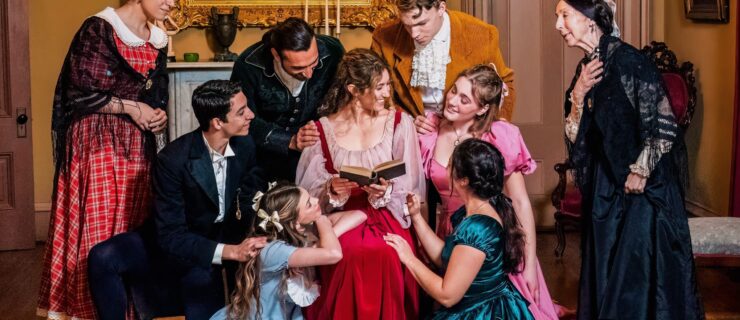Celebrating the Groundbreaking Costume Designer Willa Kim
The Tony Award–winning costume designer Willa Kim crafted bold, innovative looks for ballet and Broadway for almost seven decades, and pioneered the use of stretch fabrics in dance costumes. Her designs for the PBS “Great Performances: Dance in America” broadcasts of Michael Smuin’s The Tempest and A Song for Dead Warriors won Emmy Awards. In 2007, nine years before she passed away, Kim was inducted into the American Theater Hall of Fame. Now, “The Wondrous Willa Kim: Costume Designs for Actors and Dancers,” on exhibition at The New York Public Library for the Performing Arts at Lincoln Center through August 19, celebrates her legacy.
Born to Korean immigrant parents in 1917, Kim grew up in Los Angeles and dreamed of becoming a painter and fashion illustrator. She studied at the school now known as CalArts (California Institute of the Arts) before becoming an assistant to the legendary costume designer Barbara Karinska—renowned for her work for the New York City Ballet—at Paramount Studios. There, Kim and Karinska worked with Raoul Pène Du Bois, who designed the wardrobe for the 1944 Ginger Rogers film Lady in the Dark. Kim followed both mentors to New York City, where she began designing for Broadway.
In 1971, Kim created costumes for Margo Sappington’s Weewis for the City Center Joffrey Ballet. At the suggestion of Betty Williams, co-founder of the dance, theater, and opera costume construction group Studio, Kim used Lycra spandex—her first time doing so for dance attire, setting a new standard.
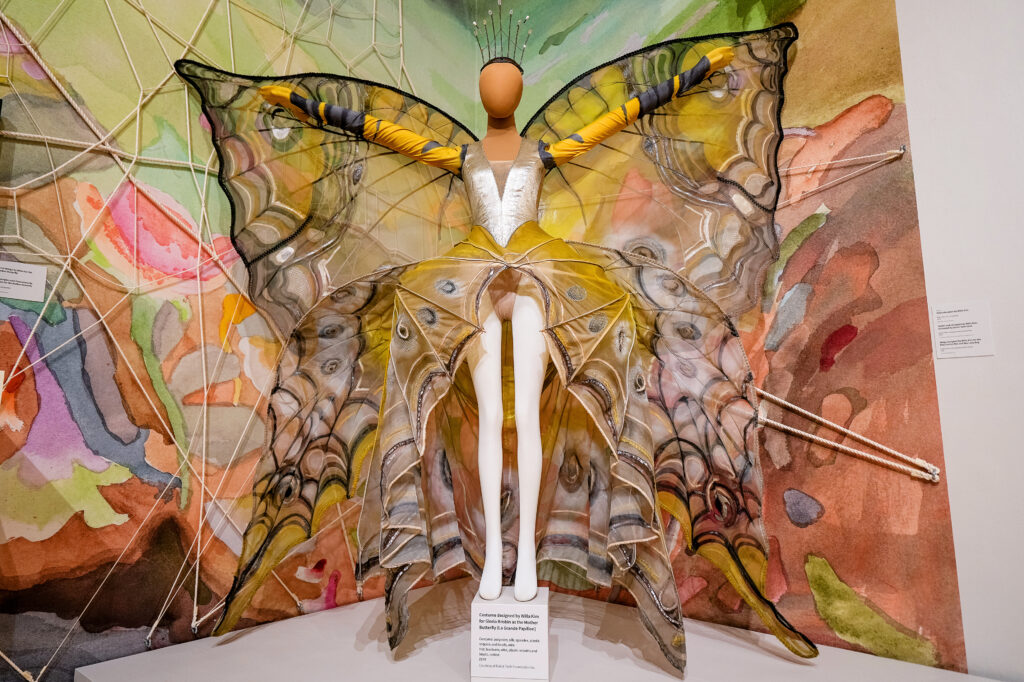
Papillon, 1979. Courtesy Billy Rose Theatre Division, The New York Public Library for the
Performing Arts.
A Jewel Box of Costuming
At the entrance to The New York Public Library’s robust, one-room display is a wall-length image of Kim with Mikhail Baryshnikov in his costume from Eliot Feld’s Variations on “America,” which she designed. Inside are Kim’s annotated notebook sketches from rehearsals. Through observation, she was able to create pieces according to the way each dancer moved.
“When someone like Feld would tell her that he had an idea for a new ballet, she wanted to be part of that development process from the beginning, so she would be able to enhance what [the dancers] did,” says Bobbi Owen, curator of the exhibit and author of the book The Designs of Willa Kim (2005).
One wall, filled with illustrations and fabric swatches, demonstrates Kim’s eye for elevating the quality of a material. She never used a piece of fabric without customizing it, says Owen, and had all fabrics dyed to increase the color’s vibrancy. “You would never see a Willa Kim fabric walking down the street.”

Performing Arts.
Doug Reside, curator of the library’s Billy Rose Theatre Division, speaks to one of the most striking parts of the collection: a rebuilt spiderweb-like set piece and Mother Butterfly costume from the Feld ballet Papillon. “When I went to Willa’s house, that model was on her mantelpiece,” he says. “We were able to get the original builders of that set to reconstruct a smaller version of it in a corner of the gallery. [The exhibit] is a place where you can see, maybe for the last time, some of Willa’s work fully realized in three dimensions.”
